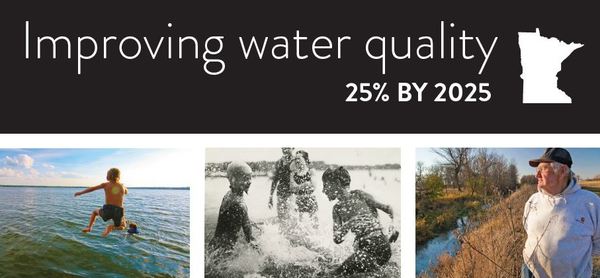|
We are at a crucial moment – we can continue to let water
quality become worse or we can work together to reverse the damage that has
been done and prevent future water degradation.
-Governor
Mark Dayton, June 2017
How's the water?
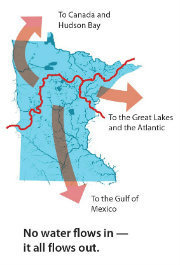
Minnesota has a very unusual geographic position. We sit atop a triple, continental-scale water divide. Almost all of our water arrives as rain or snow. We have some very high quality waters, but Minnesota also faces some serious challenges.
Nitrate in groundwater is a growing concern
Three out of four Minnesotans get their
drinking water from groundwater sources, but groundwater is threatened by
overuse and contamination in some places.
Nitrate is one of the most common water
pollutants in Minnesota groundwater, affecting a large number of private
wells and public water supplies. Elevated nitrate in drinking water can be
harmful to human health, specifically to the health of infants. Septic systems,
fertilizers, and manure are major sources of nitrate pollution in Minnesota.
40% of lakes and streams are not good enough for swimming and fishing
Statewide,
40% of the lakes and streams in Minnesota are not meeting standards set
for safe swimming, fishing, or drinking. In the northeastern part of
the state, a higher percentage of lakes and streams meet water quality
standards, compared to central or southern regions.
Water
quality in a body of water depends a lot on the land around it. In
watersheds dominated by agricultural and urban land, half or fewer of
the lakes fully support the water quality standards for swimming due to
contaminants from runoff and drainage.
Runoff
in urban areas and drainage from agriculture fields move water into
streams and rivers quickly, increasing the speed and volume of water in
streams and rivers. Sometimes these flows bring pollution that might
otherwise be removed by wetlands or other landscape features.
Our water infrastructure is aging
Our
infrastructure is badly in need of attention. Water systems are aging.
Many equipment and pipes are at the end of or past their expected life
span. Over the next 20 years, Minnesota will have some big bills to pay to upgrade wastewater and drinking water infrastructure. We will need to decide how to equitably
pay for these costs.
|
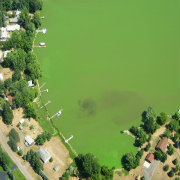 Water issues vary by region
Water
quality issues vary by region depending on geology, land use, and other
factors. You can find more details about water quality issues near you in these information packets.
-
Northwest Minnesota:
Becker, Clay, Grant, Kittson, Mahnomen, Marshall, Norman, Otter Tail,
Pennington, Polk, Red Lake, Roseau, Traverse, and Wilkin counties.
-
West Central Minnesota: Big Stone, Chippewa, Douglas, Kandiyohi, Meeker, Morrison, Pope, Stearns, Stevens, Swift, and Todd counties.
-
Northeast Minnesota: Aitkin, Carlton, Cook, Kanabec, Lake, Mille Lacs, Pine, and Saint Louis counties.
-
Metro Minnesota: Anoka, Carver, Chisago, Dakota, Hennepin, Isanti, Scott, Sherburne, Washington, and Wright counties.
-
Southwest Minnesota: Cottonwood, Jackson, Law Qui Parle, Lincoln, Lyon, Murray, Nobles, Pipestone, Redwood, Rock, and Yellow Medicine counties.
-
South Central Minnesota: Blue Earth, Brown, Faribault, Le Sueur, McLeod, Nicollet, Renville, Sibley, Waseca, and Watonwan counties.
-
Southeast Minnesota:Dodge, Fillmore, Freeborn, Goodhue, Houston, Mower, Olmsted, Rice, Steele, Wabasha, and Winona counties.
-
North Central Minnesota: Beltrami, Cass, Clearwater, Crow Wing, Hubbard, Itasca, Koochiching, Lake of the Woods, and Wadena counties.
What do you hope the water is like in 2025?
At
the current level of effort, there will be only a 7 percent
improvement in water quality statewide by 2025, and without further action, water quality will
get worse. That's why Governor Mark Dayton is calling on Minnesotans
to learn about these issues and share their ideas with him for “25 by ‘25” Water Quality Goals, which would spur
collaboration and action to improve Minnesota’s water quality 25 percent
by 2025.
|
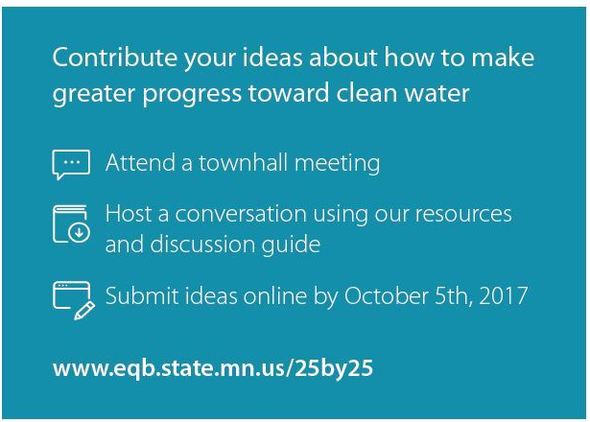
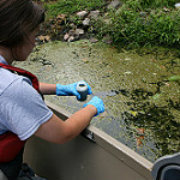
In addition to the submitting ideas about how to reach a 25% improvement in
water by 2025, you can:
-
Test your private well
-
Check the health of your lake
or stream
-
Make these 12 changes at
home
-
Participate in
conservation programs through your county Soil and Water Conservation
District
-
Encourage your city to join the
Minnesota GreenStep Cities program
-
Participate in the
Minnesota Agriculture Water Quality Certification Program
-
Volunteer to monitor a local lake
or stream
-
Connect with your watershed
organization for education, volunteer opportunities, technical assistance,
and connection to financial resources. Non-metro organizations are listed on the last page of each regional packet, linked in the section above.
How will you get involved?
|

Thank you for reading
Living Green 365. This newsletter is a publication of the Minnesota Pollution
Control Agency. Send questions or comments about living green to the address
below.
Sincerely,
Britt Gangeness, Elena Santarella, and the Living Green Team
livinggreen365.pca@state.mn.us
|



